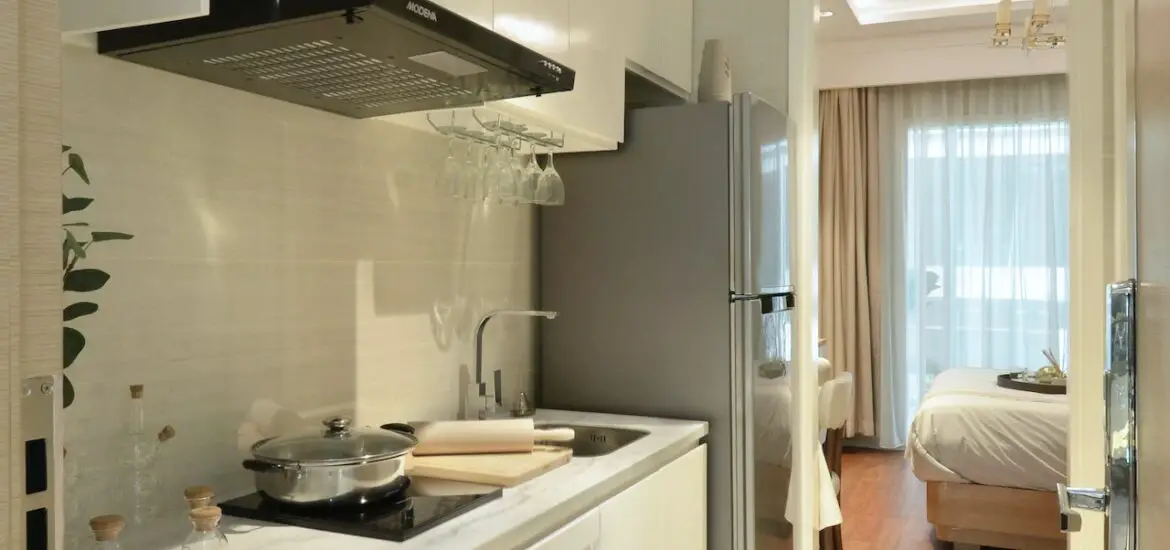Ever wondered what’s going on behind the scenes of your fridge or air conditioner? It’s all about plate heat exchanger refrigeration! Let’s dive into the world of these amazing devices and find out how they keep our homes comfy and cool.

Table of Contents
Types of plate heat exchangers
- Plate and frame heat exchangers
- Brazed plate heat exchangers
- Gasketed plate heat exchangers
These three types of plate heat exchangers are the stars of the show. They all work a little differently, but they share one goal: transferring heat efficiently to keep your home cool and comfortable. Isn’t that cool?
Applications in refrigeration
- Industrial refrigeration
- Commercial refrigeration
- Residential refrigeration
From factories to supermarkets, and even your home, plate heat exchangers are everywhere! They’re the unsung heroes of refrigeration, working tirelessly to maintain the perfect temperature in various settings.
Components and Design of Plate Heat Exchangers
Plates
- Corrugated plates
- Flat plates
- Plate materials
- Stainless steel
- Titanium
Plates are the heart of plate heat exchangers. They come in different shapes and materials, like corrugated or flat, and they’re made from durable materials like stainless steel or titanium. The right plate makes all the difference in heat transfer efficiency!
Gaskets
- Types of gaskets
- Nitrile rubber
- EPDM
- Viton
- Gasket arrangement
- Glued gaskets
- Clip-on gaskets
Gaskets are like the glue that holds plate heat exchangers together. They come in different types, like nitrile rubber, EPDM, or Viton. Plus, they can be glued or clipped on, depending on the design. Gaskets ensure a leak-free and efficient heat exchange process.
Frame assembly
- Plate pack
- Tightening bolts and guide bars
- Frame materials
The frame is like the backbone of the plate heat exchanger. It holds everything together and ensures everything stays in place. It’s made up of the plate pack, tightening bolts, and guide bars, and it’s typically made from sturdy materials like stainless steel or carbon steel.
Installation and Integration of Plate Heat Exchangers in Refrigeration Systems
Selection of appropriate plate heat exchanger
- Capacity requirements
- Temperature and pressure considerations
- Fluid compatibility
Choosing the right plate heat exchanger for your home is crucial. You need to consider capacity requirements, temperature and pressure conditions, and fluid compatibility. Getting the perfect match will ensure your home stays cool and energy-efficient.
Installation guidelines
- Proper alignment and leveling
- Connections to refrigeration system
- Expansion and contraction considerations
Installing a plate heat exchanger isn’t a DIY project, but it’s good to know what to expect. Professional installers will make sure the device is properly aligned, leveled, and connected to your refrigeration system. They’ll also consider expansion and contraction during operation to prevent any issues.
Integration with refrigeration system components
- Compressors
- Condensers
- Expansion valves
- Evaporators
Plate heat exchangers need to play nice with the rest of your refrigeration system. They’ll work in harmony with compressors, condensers, expansion valves, and evaporators to keep your home perfectly chilled.
Maintenance and Troubleshooting of Plate Heat Exchangers in Refrigeration Systems
Routine maintenance procedures
- Plate and gasket inspection
- Cleaning and replacement of plates and gaskets
- Reassembly and tightening
Like any other appliance, plate heat exchangers need some TLC. Regular maintenance includes inspecting plates and gaskets, cleaning or replacing them as needed, and reassembling and tightening the device. A little love goes a long way in keeping things running smoothly!
Common issues and troubleshooting
- Fouling and scaling
- Leakage
- Insufficient heat transfer
- Mechanical damage
Uh-oh! Is your plate heat exchanger acting up? Common issues include fouling and scaling, leakage, insufficient heat transfer, and mechanical damage. Keep an eye out for these problems and call a professional if needed.
Diagnostic tools and techniques
- Thermographic inspection
- Pressure drop measurement
- Flow rate analysis
How do you know if your plate heat exchanger is in tip-top shape? Professionals use diagnostic tools like thermographic inspection, pressure drop measurement, and flow rate analysis to ensure everything is working as it should. So you can relax and enjoy the cool!
Technological Advancements and Emerging Trends in Plate Heat Exchanger Refrigeration
Improved materials and designs
- Advanced plate designs
- Enhanced gasket materials
The future of plate heat exchanger refrigeration is bright, with new materials and designs on the horizon. Advanced plate designs and enhanced gasket materials promise even better efficiency and durability, making our homes cooler and greener.
Energy efficiency and sustainability
- Optimization of heat transfer
- Waste heat recovery
- Integration with renewable energy sources
Going green is a big trend in plate heat exchanger refrigeration. By optimizing heat transfer, recovering waste heat, and integrating with renewable energy sources, we can keep our homes cool while reducing our carbon footprint.
Innovative applications and market trends
- Compact and modular systems
- Industry-specific solutions
- Integration with IoT and smart technologies
Get ready for some exciting innovations in the world of plate heat exchanger refrigeration! Compact and modular systems are making it easier than ever to upgrade your home’s cooling system. Plus, industry-specific solutions and integration with IoT and smart technologies are paving the way for even more efficient and user-friendly cooling options.
In conclusion, plate heat exchanger refrigeration plays a crucial role in keeping our homes comfortable and energy-efficient. By understanding the basics, components, and maintenance needs of these devices, you can make informed decisions about your home’s cooling system. Embrace the future of refrigeration and enjoy the cool, refreshing air in your home!